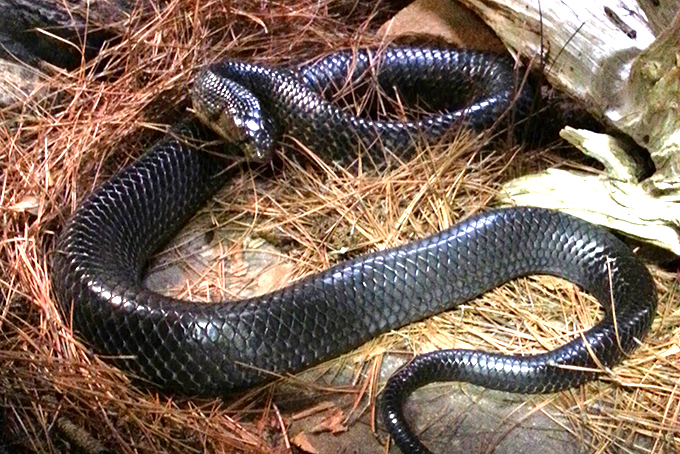
They like areas with dryer climates, and as such are active year-round. They also eat small lizards, amphibians, and small rodents.Ĭoachwhip snakes are unique to the southern parts of the United States and northern Mexico. When a fellow snake is spotted by a Coachwhip, they move very quickly and usually chase down and catch up to their prey within seconds. They’re also known to be highly intelligent snakes with both excellent ground speed and eyesight. They rely on their powerful jaws to subdue their pay. Interestingly, they’re neither venomous or constrictors. Coachwhips Scientific NameĬoachwhip snakes are known to eat rattlesnakes. They’re skittish around humans, but keen hunters of other animals. They live in and around the same region as corn snakes and are known to eat corn snakes, as shown in the above footage.Įxpect to find milk snakes out at night during summertime, especially around barns and chicken coops. They’re non-venomous hunters who will eat a range of small rodents, insects, and amphibians. The Milk Snake is a subspecies of king snakes, and much like the common kingsnake, it will eat other snakes. So, you need to look species to species within the cobra genus, known scientifically as the Naja genus of snakes. There are some cobras that do not eat other snakes (the Banded Water Cobra, for example, almost exclusively eats fish).

It has a varied diet which includes small mammals and reptiles, but also other snakes that cross its path. It is native to Angola and surrounding countries in southwestern Africa. The Angolan Cobra (also known as Anchieta’s Cobra) is one such cobra that eats other snakes. While the King Cobra is known to be the most aggressive snake eater, they’re technically not even cobras! Many ‘true’ cobras, such as the Angolan Cobra, do also eat snakes if the opportunity arises. The Angolan Cobra, known as a ‘true’ cobra, will eat other snakes as part of a varied diet. While they’re highly venomous, they’re also reclusive and rarely bite humans.


This helps facilitate the delivery of venom. To overcome this, they tend to latch on when they bite and move their jaw in a chewing motion. While they’re highly venomous, they have trouble delivering their venom due to short fangs. They don’t feed exclusively on other snakes, they have a varied diet that includes frogs, lizards and some species of small birds. They are extremely patient predators who sometimes wait for up to nine hours to launch an attack. Once a coral snake has picked up the scent of its prey, it will often set up an ambush attack. Coral snakes share the same genome as King Cobras, Kraits and Cobras, all of whom are also snake eaters.


 0 kommentar(er)
0 kommentar(er)
